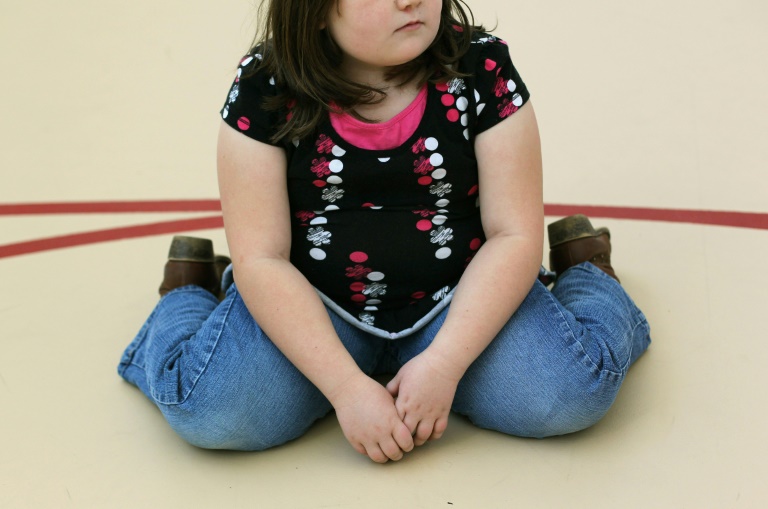Why your 8-year-old might be at risk for liver disease
Helping children to maintain a healthy weight could help to protect their liver health.

Picture: iStock
New US research has shown for the first time that being overweight can have a negative impact on the liver health of children as young as eight years old.
Carried out by researchers at Columbia University, the study followed 635 children between the ages of three and eight to see if any showed risk factors for nonalcoholic fatty liver disease (NAFLD).
NAFLD occurs when too much fat accumulates in the liver, impairing its function and triggering inflammation. It often has no symptoms and can lead to damage such as cirrhosis (scarring) of the liver and even liver cancer.
The disease is the most common chronic liver condition in children and teens, although few studies have looked at the condition in children.
To look at fatty liver disease in mid-childhood, the team measured the children’s weight, height, skinfolds thicknesses, and waist and hip circumferences at around three and eight years of age.
When the children were around age eight the researchers also measured the blood levels of a liver enzyme called ALT, a high level of which is a marker for liver damage and can occur in individuals with nonalcoholic fatty liver disease.

There were 74 million obese children and teenagers in the world in 2016, up from six million in 1975.
The results showed that by age eight, 23% of the children had elevated ALT levels.
However, the researchers also found that children who had a bigger waist circumference at age three — a measure of abdominal obesity — and children who gained more weight between three and eight were more likely to have elevated ALT, with around 35% of 8-year-olds with obesity showing elevated ALT compared to just 20% of those with normal weight.
“With the rise in childhood obesity, we are seeing more kids with nonalcoholic fatty liver disease in our pediatric weight management practice,” commented lead author of the study Jennifer Woo Baidal. “Many parents know that obesity can lead to type 2 diabetes and other metabolic conditions, but there is far less awareness that obesity, even in young children, can lead to serious liver disease.”
“Some clinicians measure ALT levels in at-risk children starting at around 10 years old, but our findings underscore the importance of acting earlier in a child’s life to prevent excess weight gain and subsequent liver inflammation,” added Woo Baidal.
“Currently, the best way for kids and adults to combat fatty liver disease is to lose weight, by eating fewer processed foods and getting regular exercise. We urgently need better ways to screen, diagnose, prevent, and treat this disease starting in childhood.”
//
For more news your way, follow The Citizen on Facebook and Twitter.







